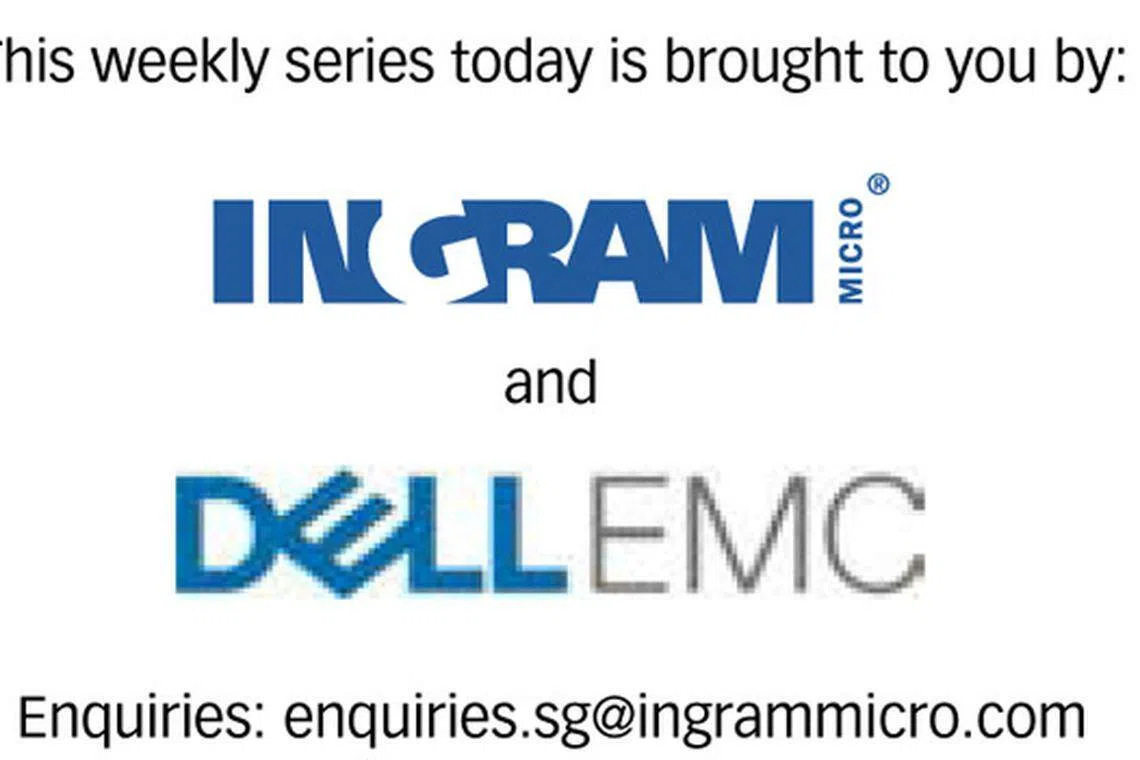New data relationships will drive storage transformation
AT the heart of IT transformation is a new currency for digital disruptors: data.
The way data is collected, managed and analysed will change transformation strategies and directly impact how organisations grow revenue and control costs.
Organisations in the Asia-Pacific and Japan know this: investments in data analytics technologies are projected to increase for the next few years and more than half of organisations in the region consider data and analytics crucial for their business.
The development of new technologies such as artificial intelligence, virtual reality, and the evolution of how humans and machines interact, will also change our relationship with data. Machines will enable humans to extract more insights and meaning from data, and enable us to go far beyond traditional analysis of "what happened", to the predictive analysis of "what will happen", and eventually insights on "what we should do".
How much the impact of these specific technologies applies to different organisations is yet to be seen, but one thing is true - IT transformation has to include a shift in how data is managed, and an overall approach to storage and analytics.
It also has to reflect the needs of an innovative digital business that are vastly different from physical businesses of the past. Take Bumrungrad International Hospital, a Bangkok-based state-of-the-art healthcare facility as an example. In order to improve patient care, the hospital implemented a converged infrastructure solution to enable accurate and rapid analysis of big data that personalises cancer treatments through DNA sequencing.
According to 451 Research: "Any IT transformation project that does not consider some element of storage transformation is likely to fail."
Whilst "transformation" means different things to different organisations, each will need to include the adoption of newer technologies and approaches, such as software-defined storage, flash-based technologies, and various forms of converged infrastructure.
Consider these three areas of change to your storage strategy:
In an age when more data is being generated than ever before, we'll see more stakeholders from across the business requesting frequent access to data, and IT needs to enable this. Software Defined Storage gives enterprises a path to effectively address this explosive growth as it offers far greater flexibility due to its distributed computing architecture.
The key business effect for organisations is capital and operational cost savings due to a more flexible, agile, and scalable storage management experience, and a simpler consumption model for application teams working across different business units.
With Software Defined Storage, enterprises can create giant geo-distributed pools of storage that grow as large as necessary with very little effort on the part of IT and its users. The economic benefits are unprecedented, too, as Software Defined Storage provides the foundation for next generation infrastructure.
One of the main issues that organisations face when moving to more agile and cost-effective IT models is the huge amount of legacy applications and infrastructure.
Moreover, much of this infrastructure is divided into silos, often viewed as the most difficult to transform because of technical issues. Legacy storage typically doesn't scale out and different systems don't operate well with each other. Moreover, traditional infrastructure uses a range of exotic technologies that require highly skilled professionals to manage it. The increasing relevance of data means that more people will need to be involved in its management, yet legacy systems are preventing this from happening in an agile or simple way.
The emergence of converged infrastructure is one of the industry's responses to dealing with these issues, as it offers compatibility with existing infrastructure and applications. These solutions match technology with business processes to help organisations evolve on their own terms, using new and legacy infrastructure in concert with one another.
Converged infrastructure offers benefits such as improved organisational agility, faster application development, increased innovation, and improved employee productivity as well as greater levels of utilisation.
As business models change and new information has to be extracted from data, organisations will need to be able to adapt to new storage needs. In today's always-on world with demand for instant access to data, organisations increasingly recognise the business need and competitive imperative to innovate their storage arrays. But this can't be a drain on operational resources, and in fact offer more efficiency instead.
All-Flash array technologies is a key solution here as it can be deployed across broader workloads but requires minimal management. It helps remove the barrier of speed and high costs so it's easier for IT teams to react quickly to changing markets and customer demands.
Whilst All-Flash is a relatively new phenomenon and organisations have only been implementing it in the past couple of years, it's already having a huge impact by massively improving the rate at which organisations can access their applications and data. In fact, IDC reported that the total All-Flash array market generated almost US$1.7 billion in revenue during the first quarter of 2017, up 61.2 per cent year on year.
These three changes in storage strategy reflect a need for storage to be more dynamic today than ever before. Forward-looking organisations are dealing with an exponential growth of data, facilitating the increased reliance on value-generating business applications, increasing automation and use of analytics, and this demand will only grow. New demands and changing relationships with data require an approach to storage that delivers a solution that is more responsive, reliable, and scalable than ever before.
The author is senior vice president of commercial business for South Asia and Korea at Dell EMC, and managing director of Dell Malaysia

BT is now on Telegram!
For daily updates on weekdays and specially selected content for the weekend. Subscribe to t.me/BizTimes
Technology
Meta’s results are best viewed through rose-tinted AI glasses
'Harvesting data': Latin American AI startups transform farming
After long peace, Big Tech faces US antitrust reckoning
Tech’s cash crunch sees creditors turn ‘violent’ with one another
Tech millionaires chase billionaire tax shields with ‘swap fund’
Elon Musk’s Starlink profits are more elusive than investors think
